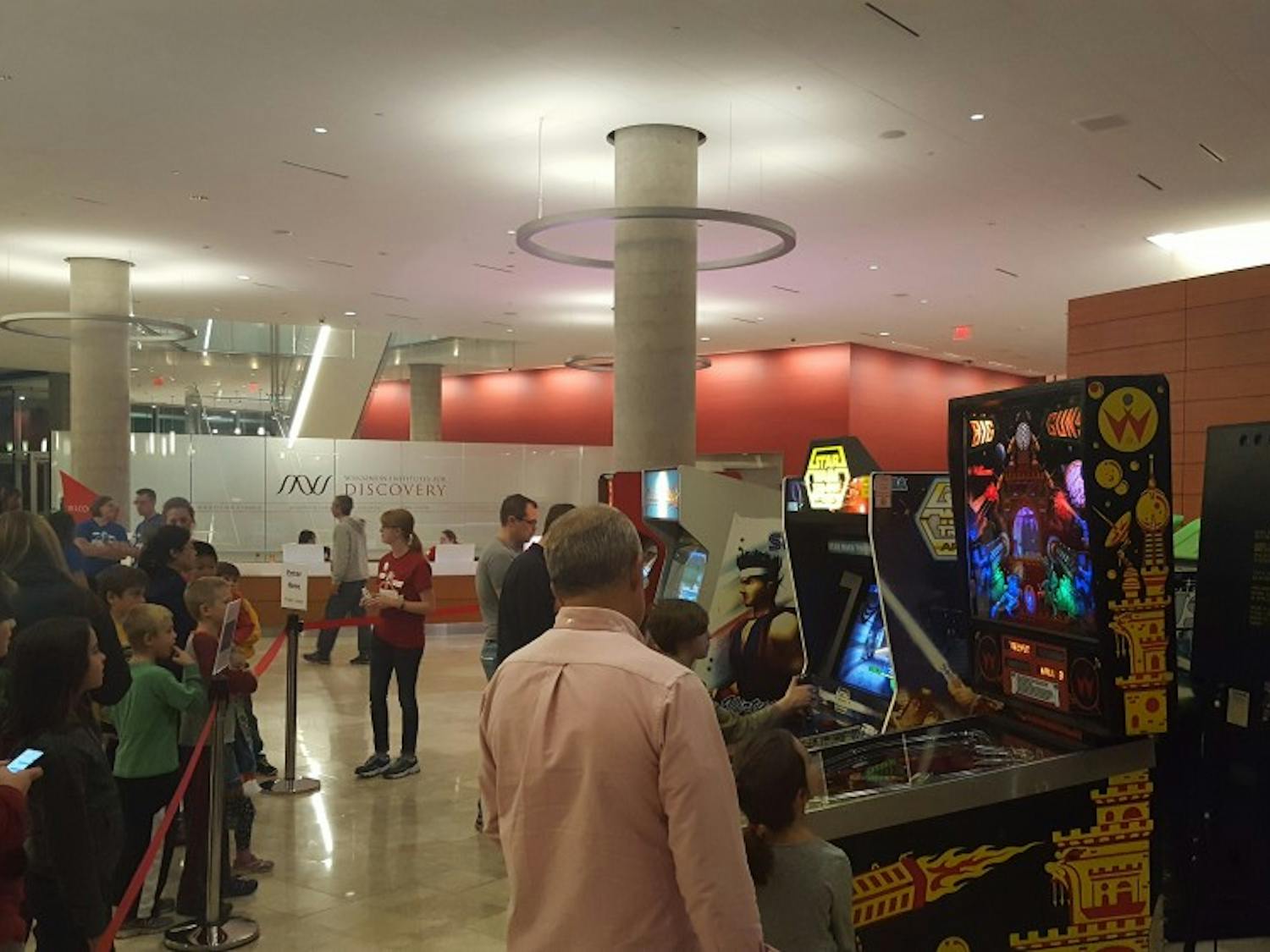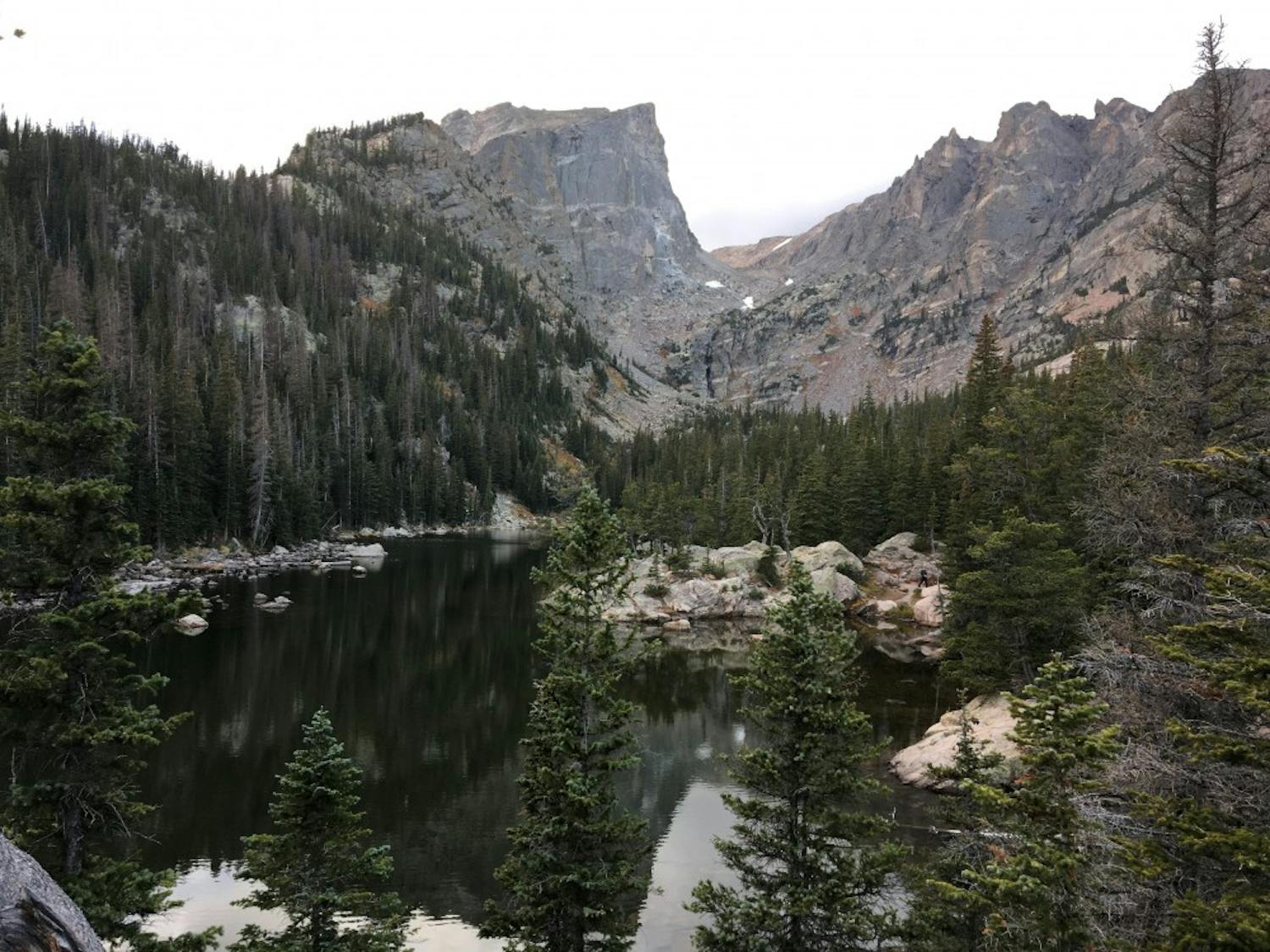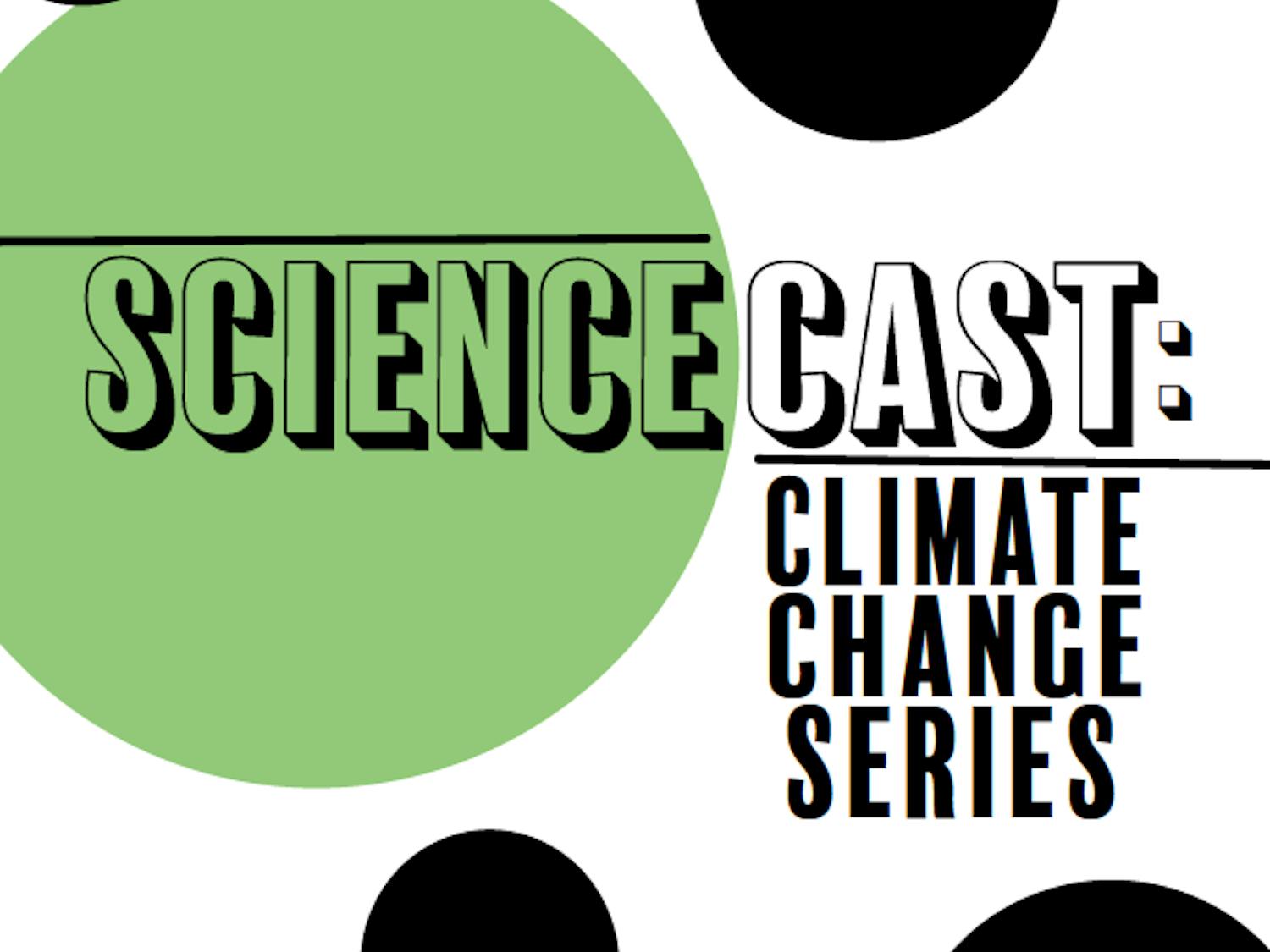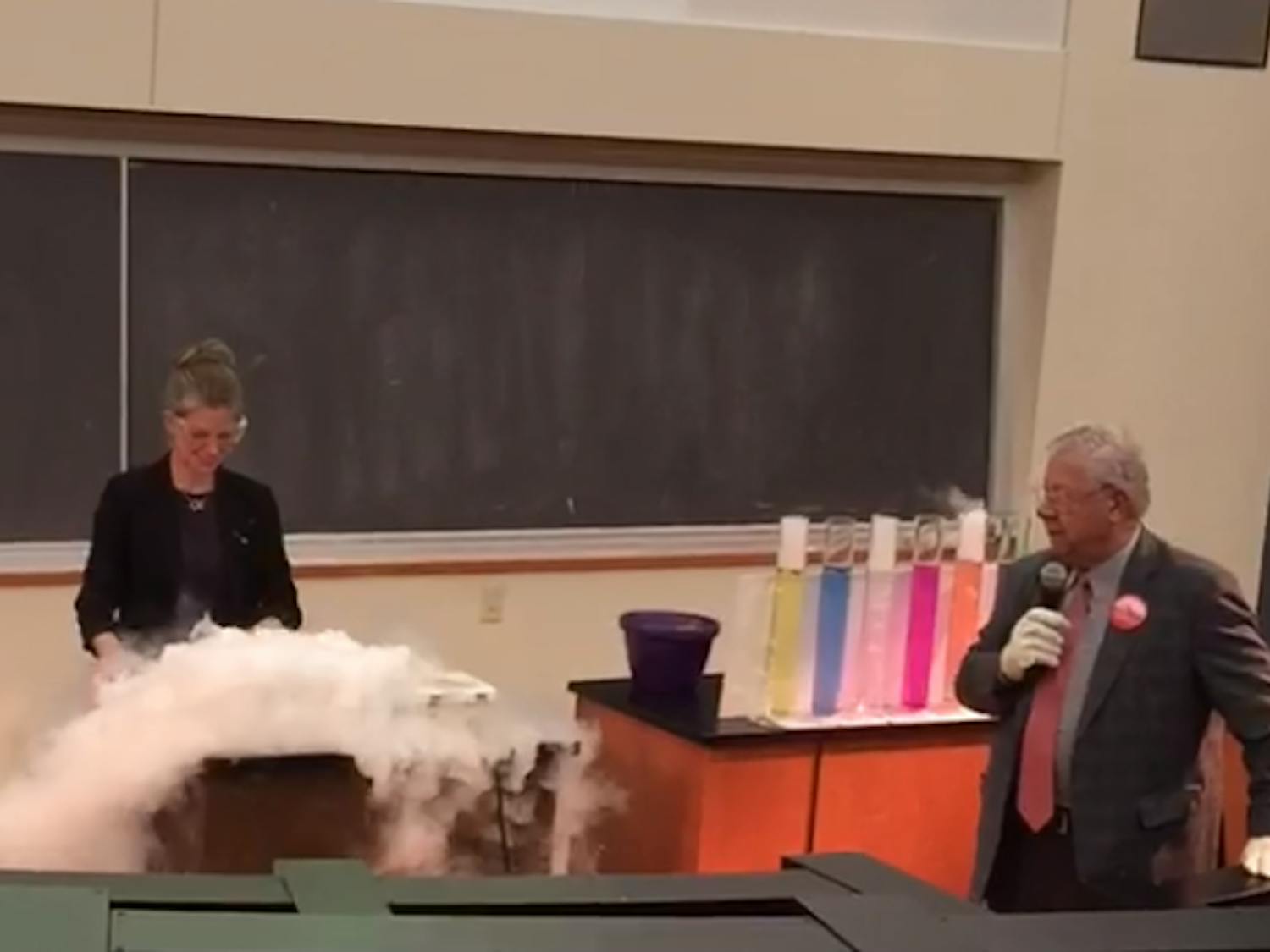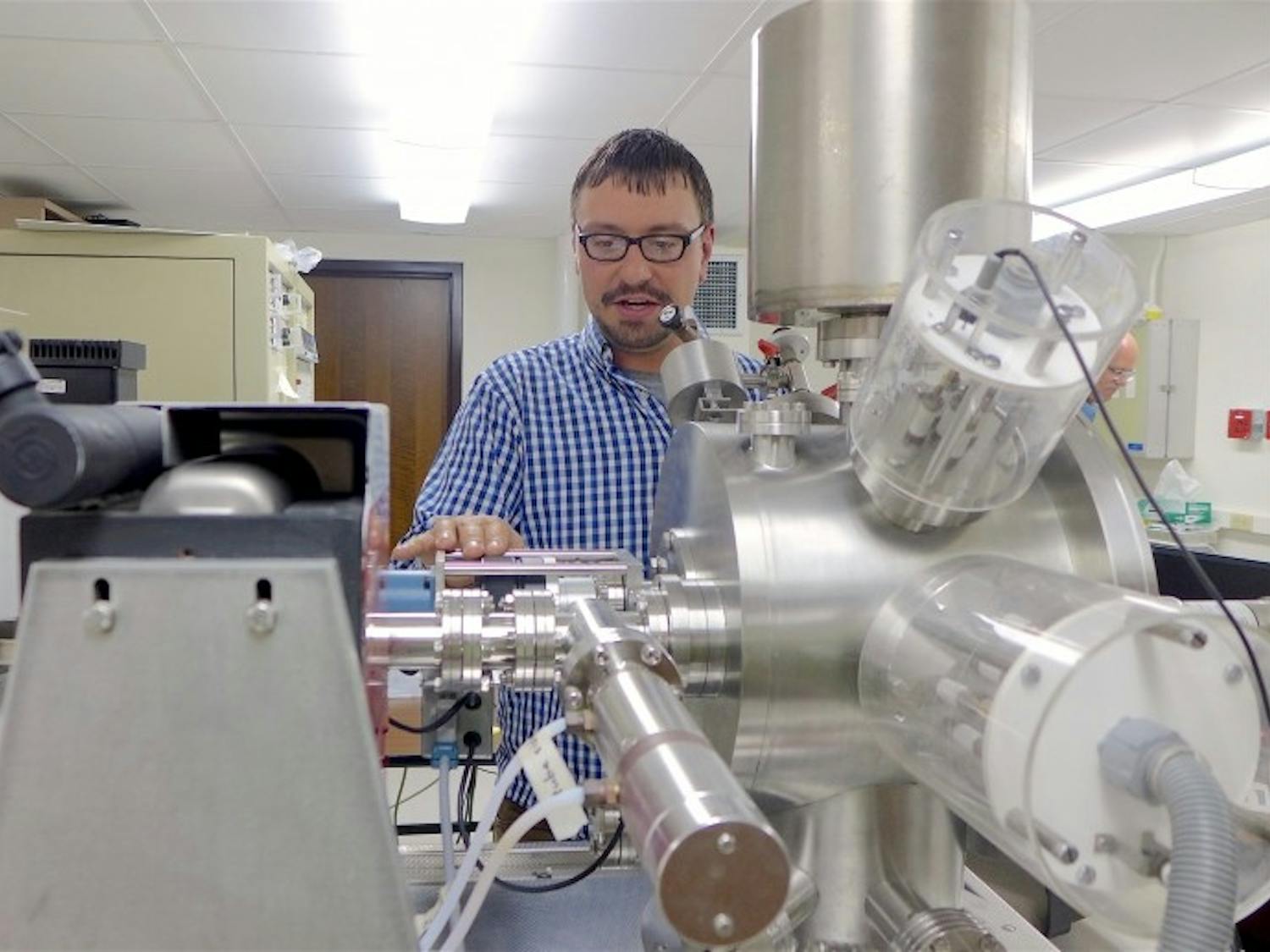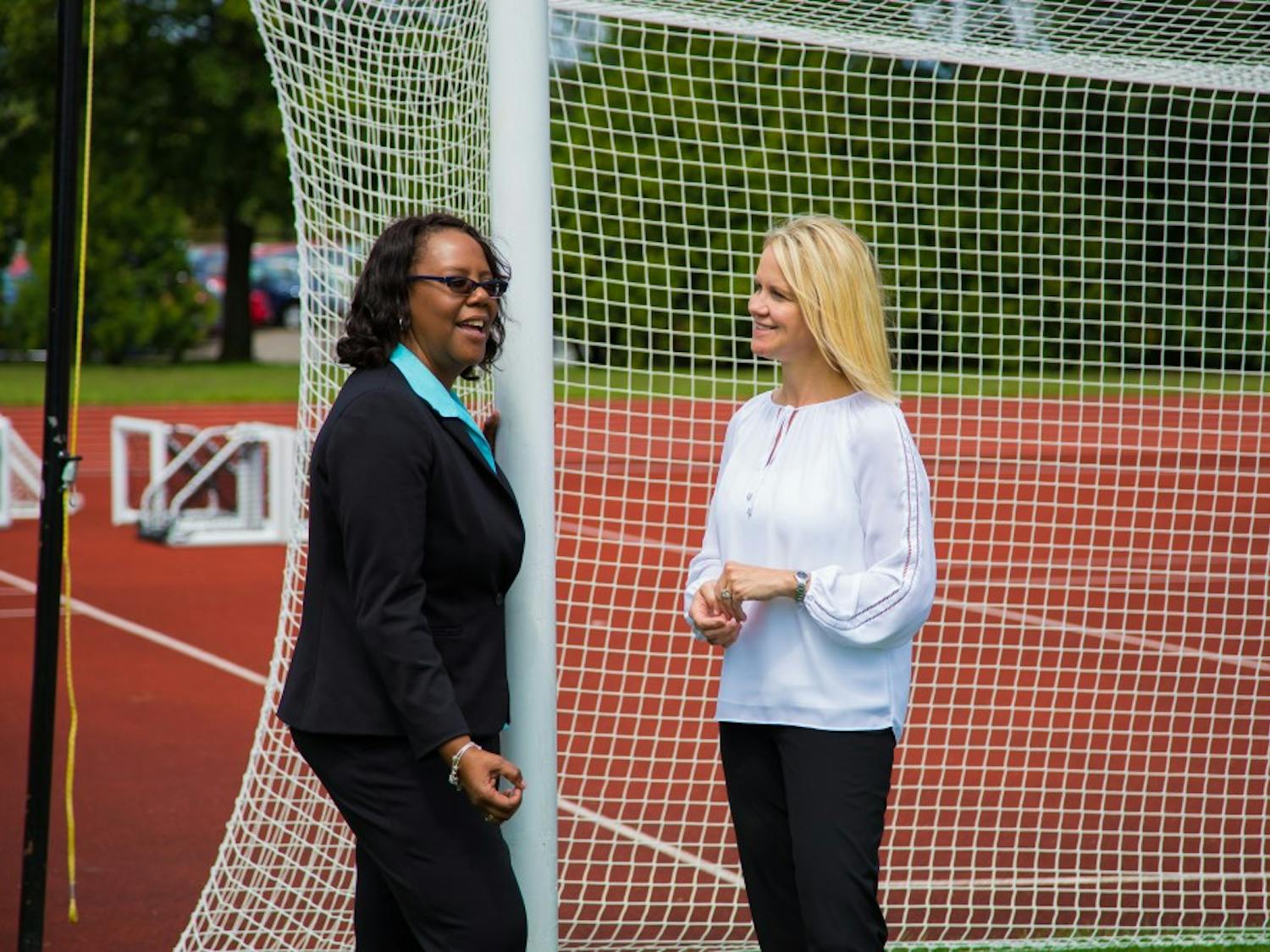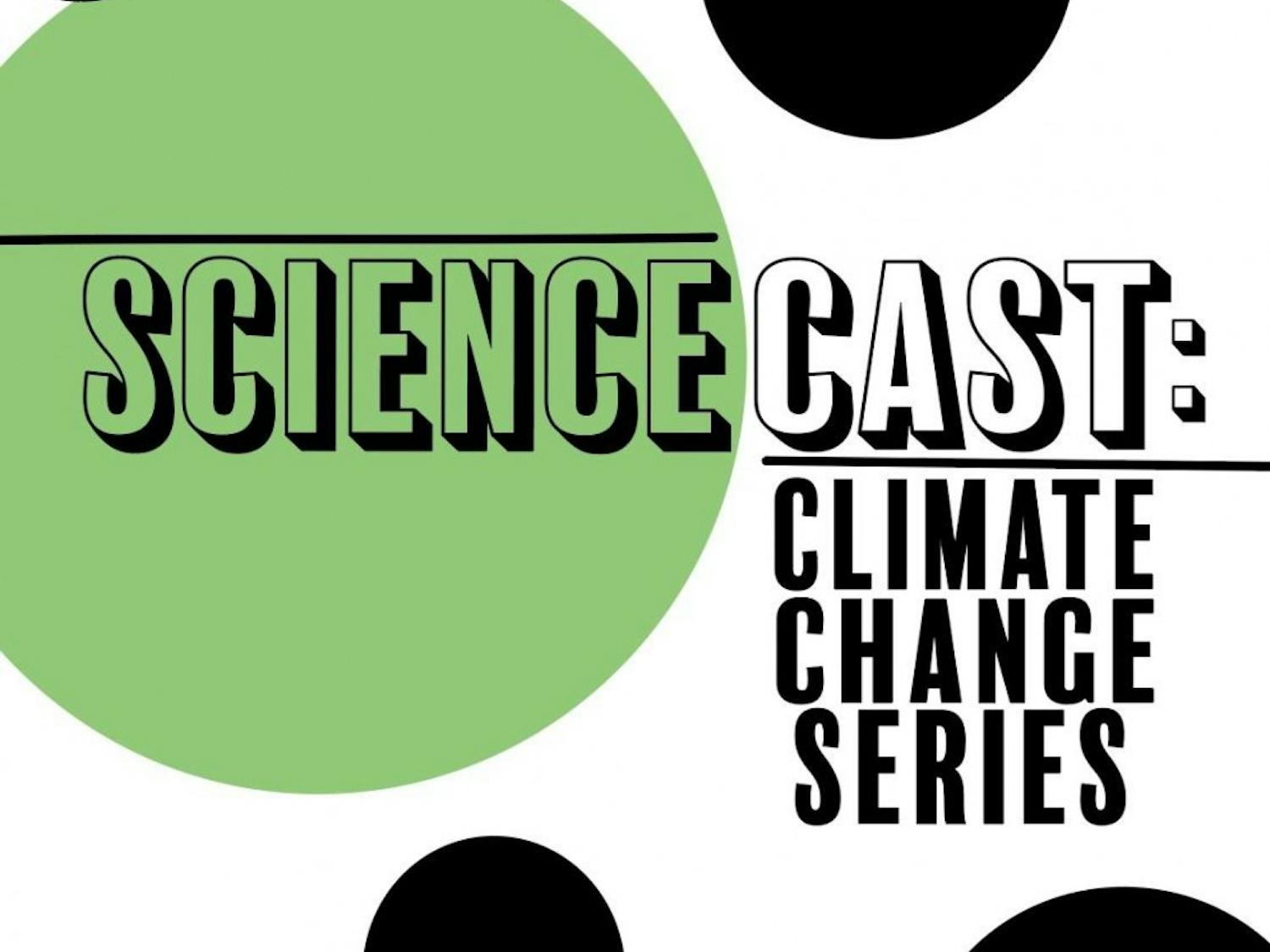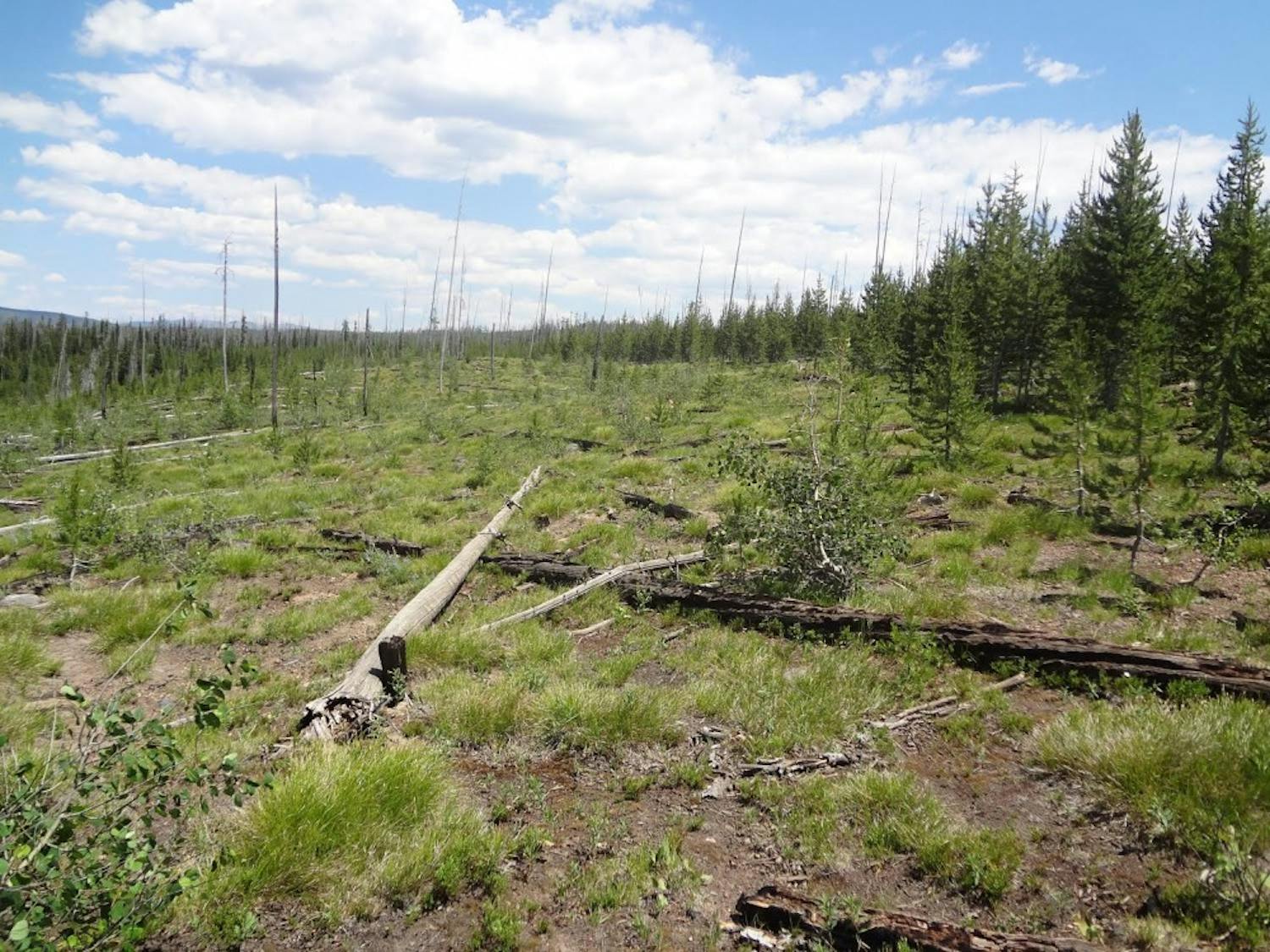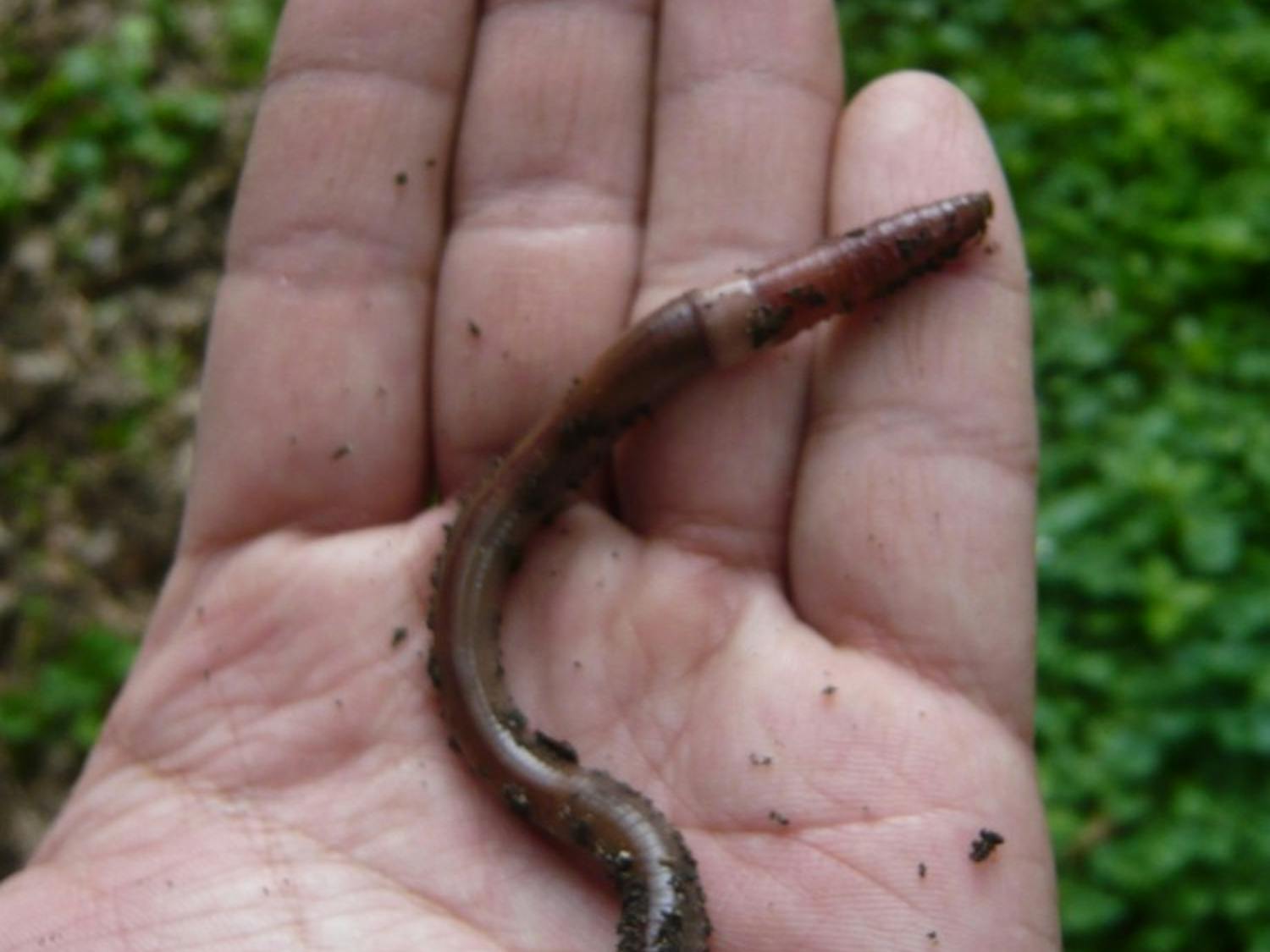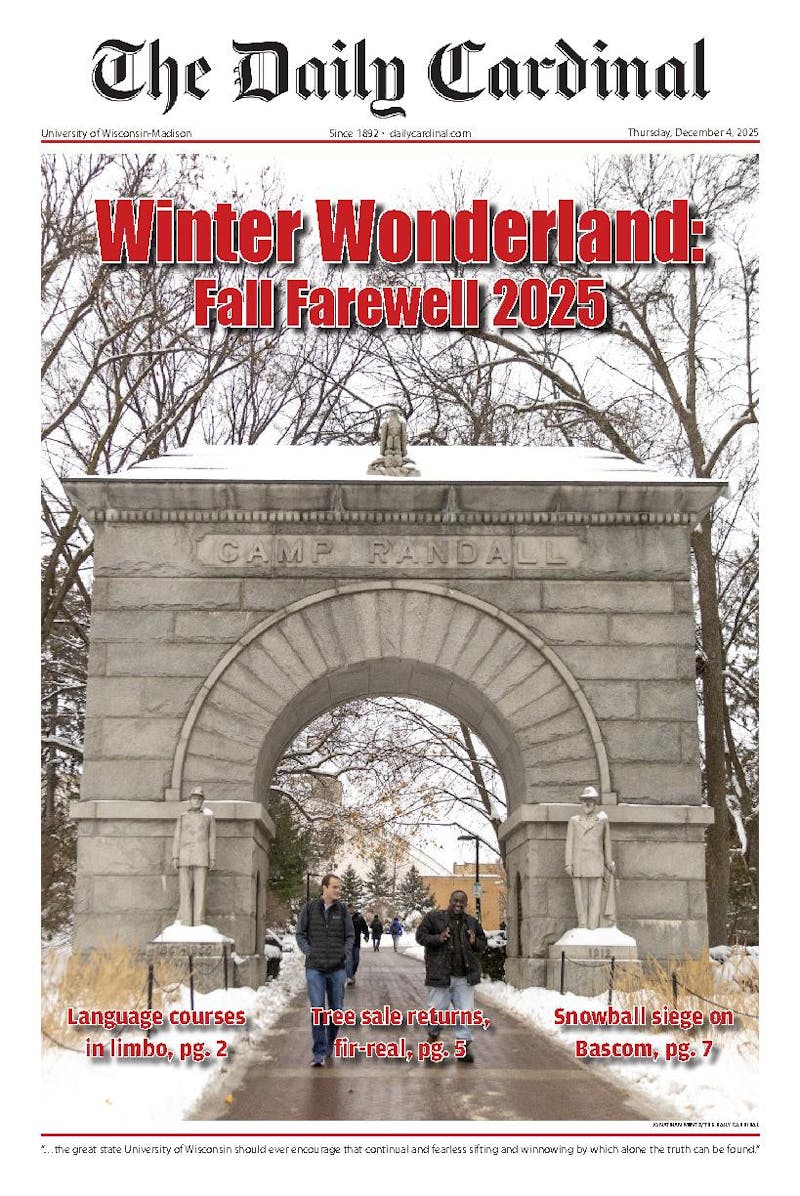A review of the Science Festival’s Arcade Night
By Maggie Liu | Oct. 24, 2016Friday’s Science Arcade Night, part of the annual 4-day Wisconsin Science Festival at the Wisconsin Institute for Discovery, was a wonderful fusion of science, technology, games and fun. Families, couples and students all enjoyed what the event had to offer. True to the event’s name, the ring of large, clunky arcade games was one of the first sights that greeted the festival goers when they walked in— a charming and vintage scene. Nearby, several science-related board games were set up, including a game integrating disease outbreak and Star Wars.

